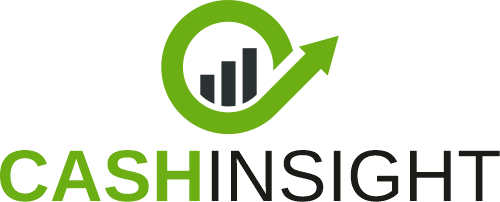
Health care services provider Encompass Health (NYSE:EHC) met Wall Streets revenue expectations in Q3 CY2025, with sales up 9.3% year on year to $1.48 billion. The company’s outlook for the full year was close to analysts’ estimates with revenue guided to $5.93 billion at the midpoint. Its non-GAAP profit of $1.23 per share was 3.3% above analysts’ consensus estimates.
Is now the time to buy EHC? Find out in our full research report (it’s free for active Edge members).
-
Revenue: $1.48 billion vs analyst estimates of $1.48 billion (9.3% year-on-year growth, in line)
-
Adjusted EPS: $1.23 vs analyst estimates of $1.19 (3.3% beat)
-
Adjusted EBITDA: $300.1 million vs analyst estimates of $296.2 million (20.3% margin, 1.3% beat)
-
The company reconfirmed its revenue guidance for the full year of $5.93 billion at the midpoint
-
Management raised its full-year Adjusted EPS guidance to $5.30 at the midpoint, a 1.2% increase
-
EBITDA guidance for the full year is $1.25 billion at the midpoint, in line with analyst expectations
-
Operating Margin: 16.5%, in line with the same quarter last year
-
Same-Store Sales rose 2.9% year on year (6.8% in the same quarter last year)
-
Market Capitalization: $11.77 billion
Encompass Health’s third quarter saw revenue and non-GAAP profit meeting or modestly exceeding Wall Street expectations, yet the market responded negatively due to concerns over slowing same-store sales growth and volume headwinds. Management attributed the moderation in same-store discharge growth to tough prior-year comparisons, the timing of new capacity additions, and consolidation of two satellite locations. CEO Mark Tarr highlighted that “quarterly fluctuations in discharge volume growth and the composition of that growth between same and new store is a normal expectation of our business model.” Despite steady overall growth, the company’s explanation of volume softness did not fully allay investor concerns, as evidenced by the market’s reaction.
Looking forward, Encompass Health’s updated guidance relies on accelerating capacity expansions and continued demand for inpatient rehabilitation, especially as the U.S. population ages. Management expects incremental bed additions and new hospital openings to drive future discharge growth, emphasizing that these moves are a response to “significantly underserved” market demand. CFO Douglas Coltharp noted that “bed additions to existing hospitals offer the highest return on invested capital we have.” However, management also acknowledged potential risks around labor inflation, the timing of new capacity ramp-up, and payer mix shifts, which could influence results in coming quarters.




